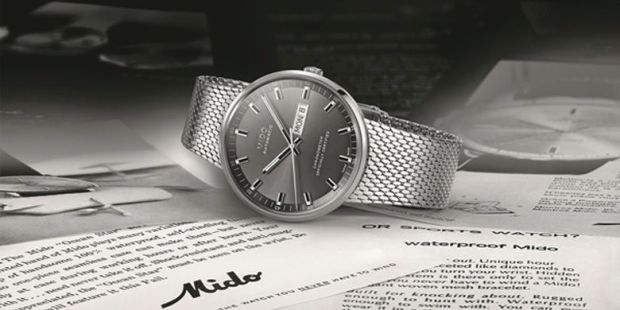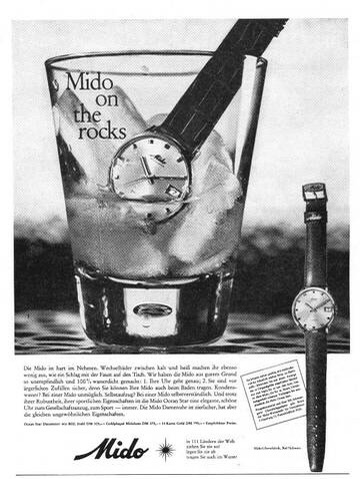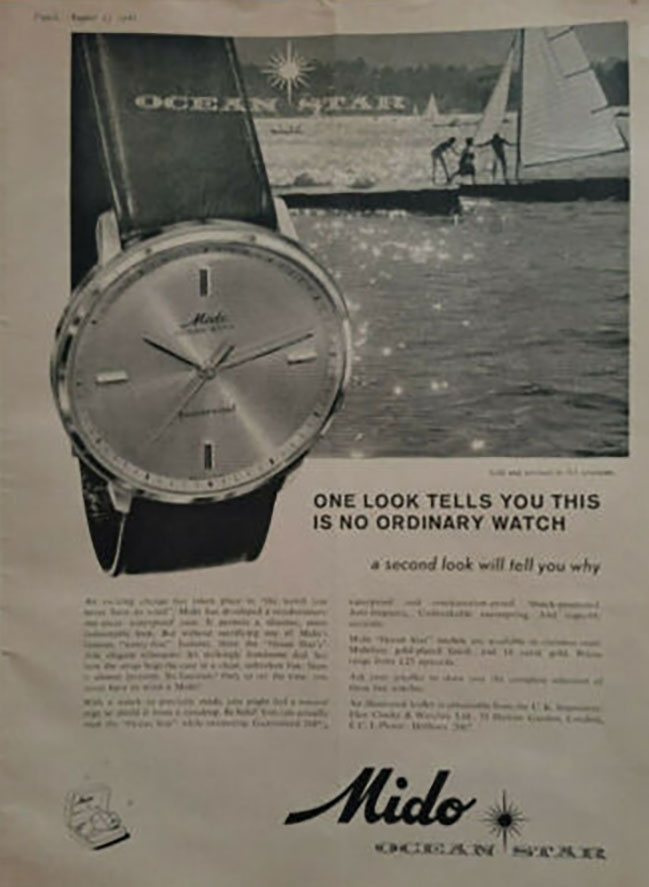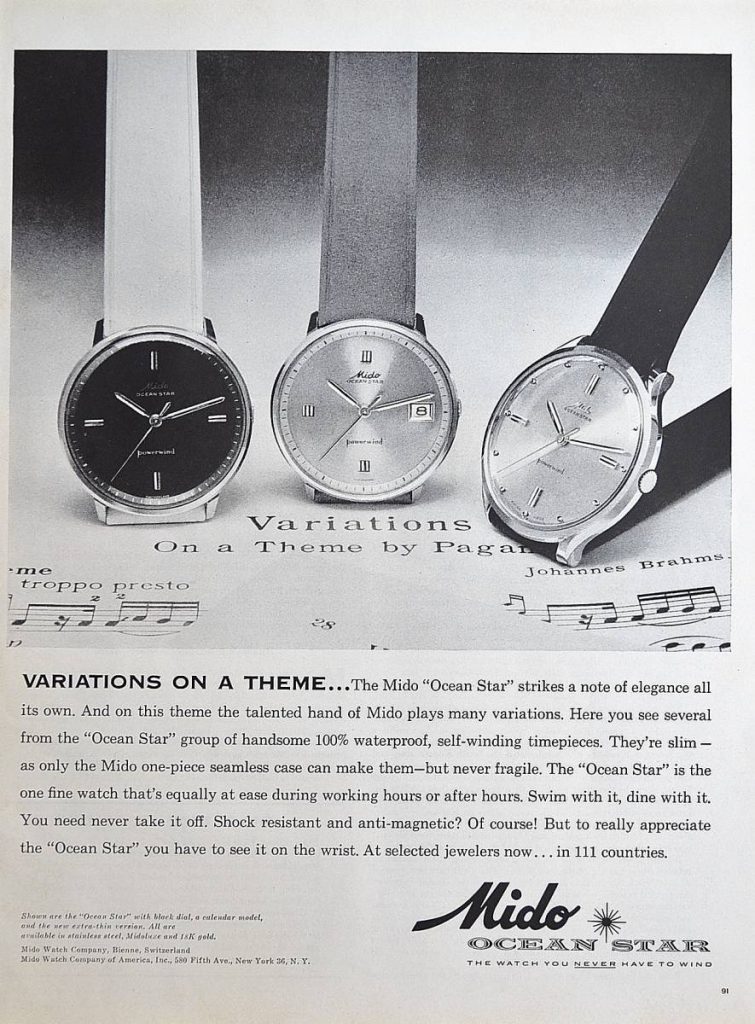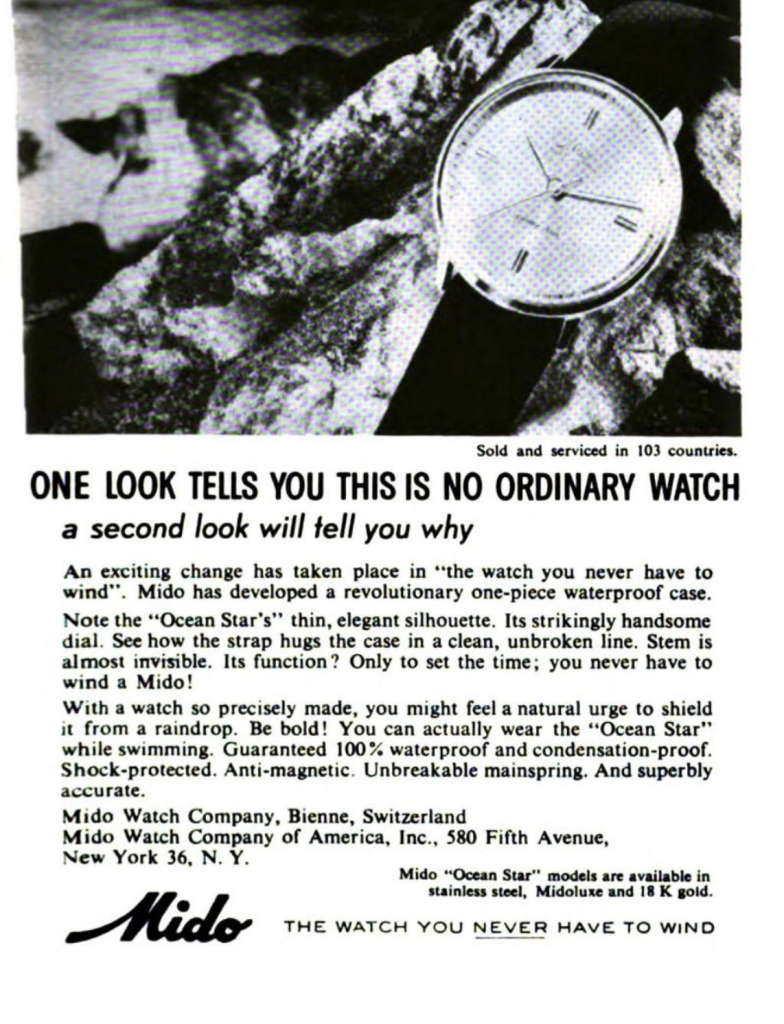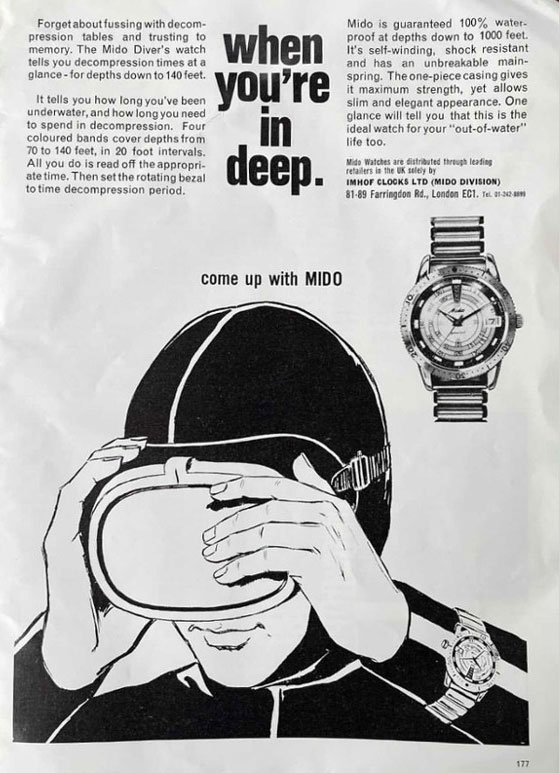I’ve been on the search for a watch and made the decision to go for the Mido Ocean Star Tribute timepiece.








4 years ago my wife and I set out to renovate our home. It’s been an enjoyable journey. This year we finished the exterior deck (the last of the jobs) and my wife suggested that I buy a watch to commemorate the completion.
Having stumbled upon a video by a talented watch repairman resurrecting a Swiss made Rolex Explorer from salt water damage. I was taken by the intricacies of the automatic components and listened attentively as the skilled master explained that a lady inherited this watch from her father – who had lived an active life, competing in triathlons, and this watch had been his faithful companion – and now she would wear it as it carried with it the stories of her dad.
This is the testament to Switzerland’s excellency of watchmaking.
Switzerland has a deep tradition of specialization. There is a heritage of Swiss craftsmanship that has grown up within tightly knit villages – each concentrating on different parts of watchmaking. This is one of the reasons Swiss watches are so good and their quality world-renowned. And this is exactly how this 1960s Rolex was made.
Thus, a seed was sown and, slowly at first, I began a search for my own durable Swiss timepiece. After comparing numerous pieces from various brands I came upon the 60’s styled Mido Ocean Star Tribute.
I knew almost as soon as I saw it that it was the one for me. It fit every criteria I’d laid out – and more so. The quality of finish was beyond anything I’d seen.
This kindled a curiosity to uncover more about the company behind this elegant watch.
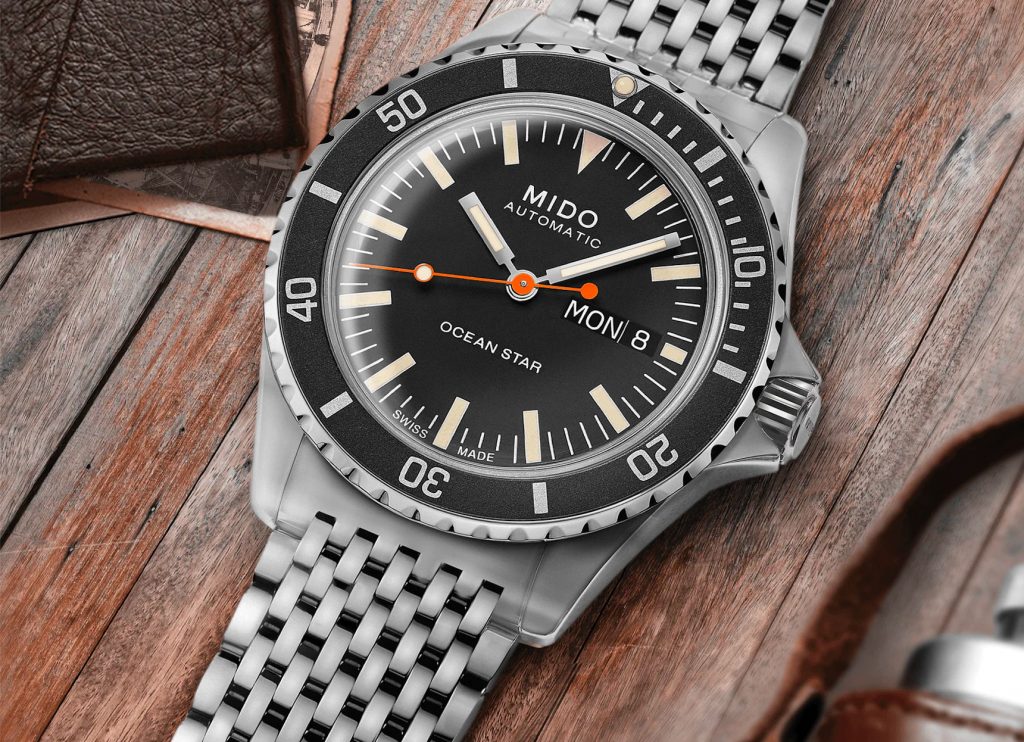
Mido, a story unfolds
Mido is understated – to say the least. Yet, it has historical significance with car-enthusiasts, art, exploration, and sports. And fits as comfortably while driving a vintage sports bike to the beach as it does leisurely relaxing at a cocktail party.


Mido made the first watch ever to offer the exact combination of qualities that were on my list almost a century later, a fact I didn’t know at the time of purchase. In 1934 they released the world’s first antimagnetic, watertight, self-winding, and impact-resistant watch. They had created a durable and handsome do-it-all watch and it became a market success. [souce][source][source]
“In 1934, after a relatively short gestation, Mido introduced the Multifort [with the above mentioned qualities], and thereby sealed its reputation as a serious watch company.” [source]
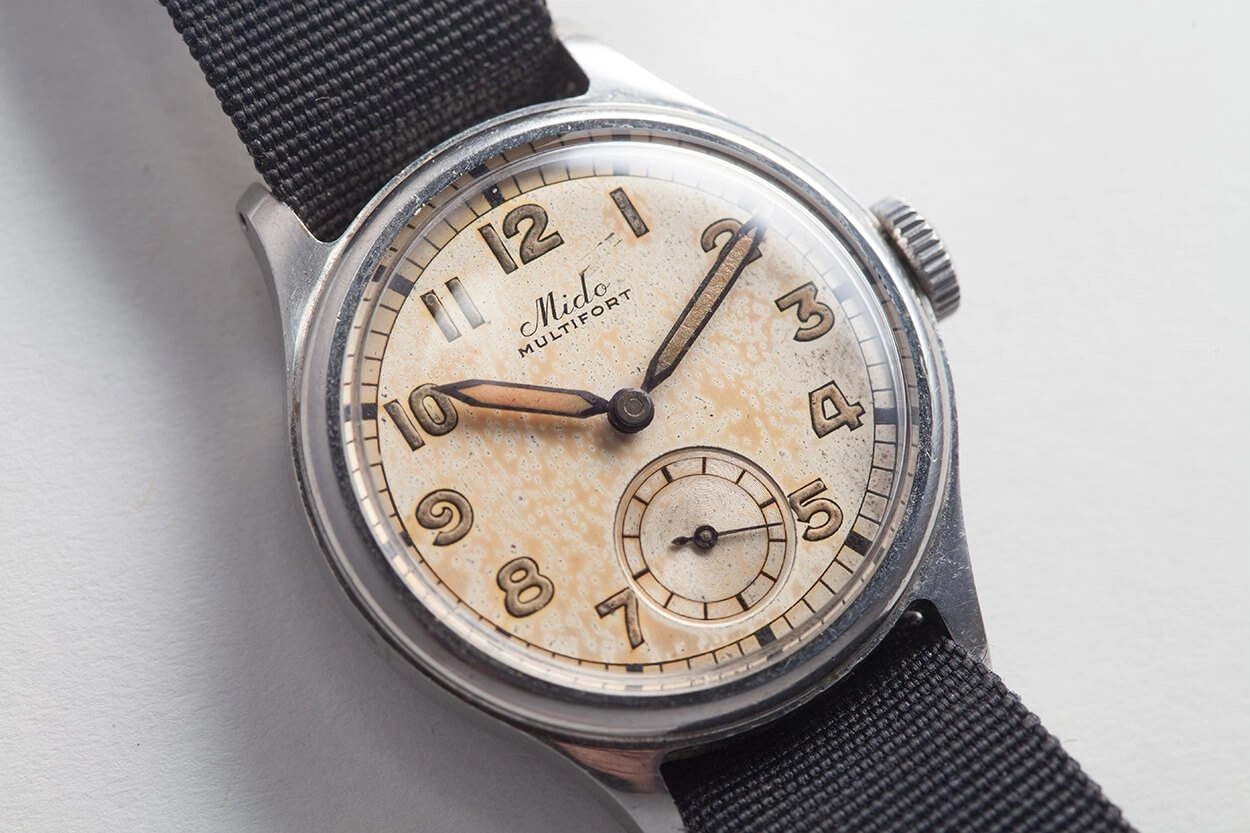
In 2016, the last published year of the COSC certification, Mido was the 4th most certified Chronometer watch maker in all of Switzerland. Precision and accuracy are synonymous with Mido. In fact, even their non-chronometer movements are adjusted to a minimum of 3 positions for high precision and use the high-quality Nivaflex mainspring for long-term accuracy.
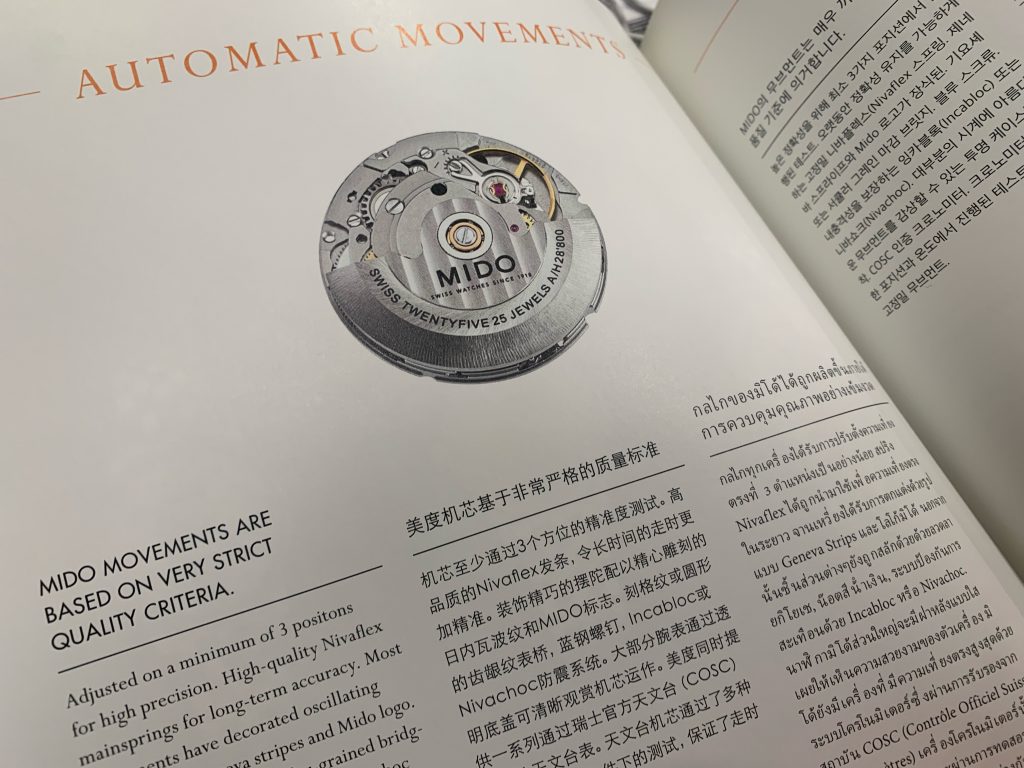
With more than a century of history, Mido was quietly writing an important story in watch making.
Horology, the study and measure of time, is poetically found within the name of Mido, which means “measure”.
Founded in 1918 by watchmaker Georges Schaeren and Hugo Jubert on 11 November; the very same day of the Armistice [source]. Simultaneously the Allies and the German Empire signed a truce bringing peace to the conflict of World War I.
Mido G. Schaeren & Co. AG watch factory was setup in Solothurn Switzerland. [source] In 1946 they opened the state of the art production center in Biel Switzerland.
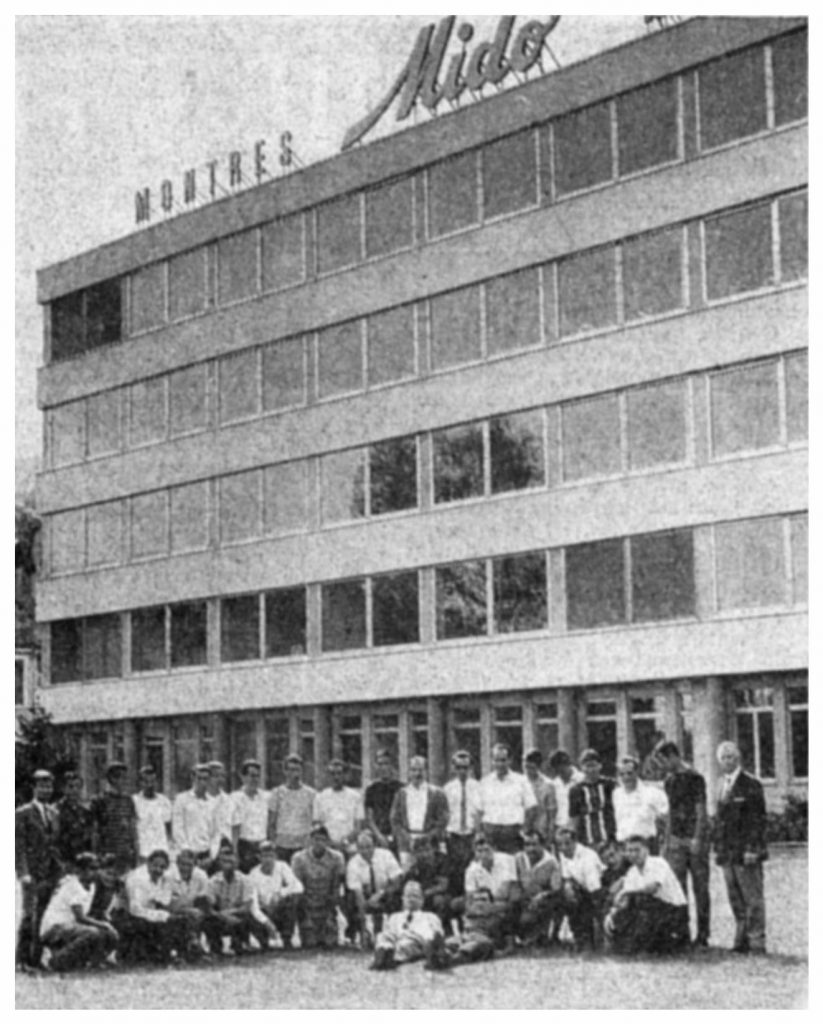
It his believed that Georges Schaeren’s younger brother Henri Schaeren drafted the name Mido.
Henri Schaeren seemed to have a flare for business and in 1924 after serving for 5 years as head of sales at Omega joined Mido as a partner to focus on the commercial operations [source]. This would have freed Georges Schaeren, “an experienced and ingenious Swiss watchmaker,” [source] to concentrate on watchmaking as the company grew.
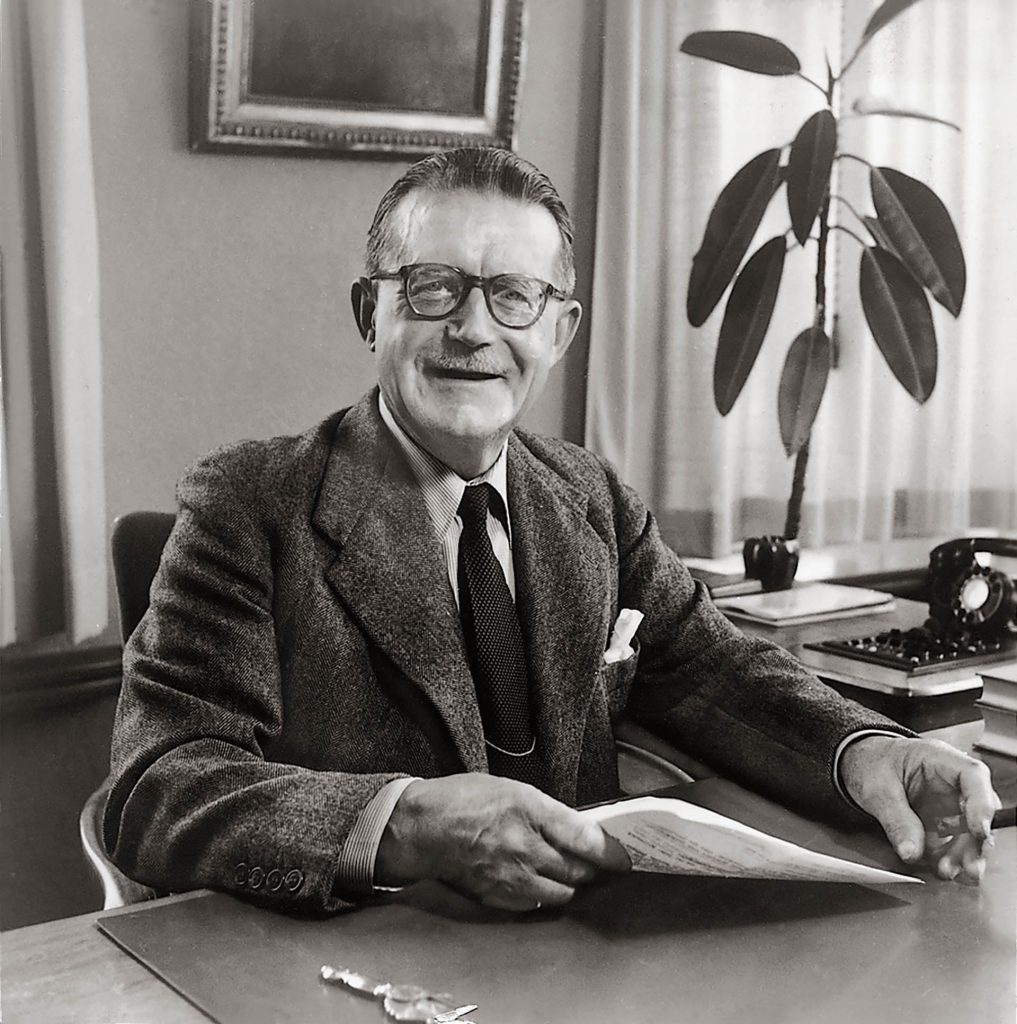
A little known fact is that Mido played a vital role in the early years of Citizen Watch Co.
The newly formed, now famous, Citizen watch company was struggling financially. Founded in 1930 they began assembling pocket watches but had little market success. “Finally the shift to the production of wristwatches saved the company and enabled its growth.” [source]
The first models marketed by Citizen were all in fact Mido models. Funded by bank credits until 1933, Citizen acquired a Swiss trading company importing Mido watches in 1932 and ultimately purchased Swiss machine tools in 1933. In the book Industrial Development, Technology Transfer, and Global Competition: A History of the Japanese Watch Industry Since 1850 author Pierre-Yves Donze writes, “Hence, Mido watches were the models of the three new watches marketed by Citizen until the end of WWII (1931, 1935, and 1941): all were imitations of Mido watches.” [source]
Mido’s early years (1918-1930)
Originally Mido made pocket watches and attractively decorated timepieces. Mr. Georges Schaeren was initially inspired by the art deco movement. [source] By the late 1920’s his pieces were heavily influenced by automobiles. [source] Even patenting the grill style watch case design that won them favour with car club enthusiasts in a flourishing automobile market. [source]
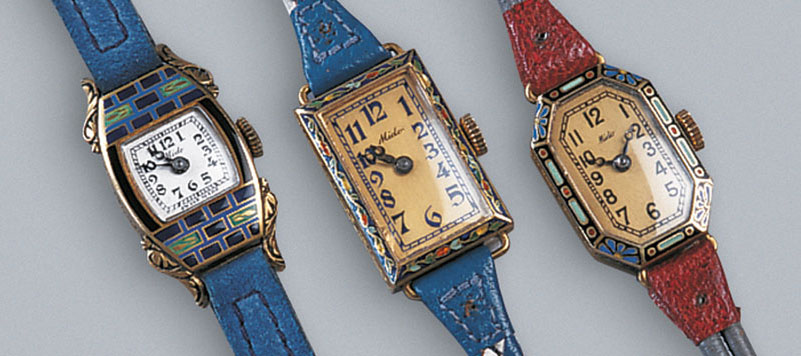
Scharen’s “radiator” watches were produced for various car brands (Buick, Bugatti, Fiat, Ford, Excelsior, Hispano-Suiza, etc), including Lancia, as club membership identification. [source]
*(“Kathleen Pritchard in her work on “Swiss Timepiece Makers, 1775-1975,” gives the year, 1886, for the start of Mido, and her reference is supported by the existence of an important pocket watch marked around the bezel with the name, Henry Schaeren, and signed on the dial, “Melik Mido 1886-1936.” [source] However, of possible coincidence, it’s worth noting Henri, George Schaeren’s brother, was born in the year 1886. [source])
Mido, on the forefront of Swiss self-winding, automatic movements.
Mido has many technical and horological achievements to its name. While I have not gone through the list in exhaustion, here are a few that caught my eye.
- 1934 – High water resistance, using the later named “Aquadura” cork crown seal system. It combines an innovative case system that houses specially treated cork seals around the crown stem (a traditional weak point in the case) and meant that water was kept out. A first of its kind, with the case cork housing made by Taubert, and the cork seal made and installed by Mido. It’s still used in some Mido models to this day. Mido had this undergo arduous testing by the New York Electrical Testing Laboratories.
- 1934 – Shock resistance, “Mido was one of the first watch companies to feature the Incabloc system, and the earliest Multifort watches used the prototype Incabloc system without the familiar lyre-shaped spring, [later] introduced in 1938.” [source]
- 1934 – Unbreakable mainspring, “the very first time that any watch manufacturer utilized this type of spring within the marketplace.” [source]
- 1934 – Anti-magnetism, Tissot was the first to introduce non-magnetic watches in 1930. Mido among the vanguards [source].
- 1934 – Automatic wind, Mido made their first automatic movement in 1934 and it began to appear in ads in 1935 [source]. The first automatic wristwatch was released in 1928 by John Harwood under Harwood watches, who first patented the invention in 1923. Mido was on the leading-edge [source].
- 1934 – MultiFort, first watch to be completely “waterproof”, as well as being anti-magnetic, shockproof and self-winding [source].
- 1937 – Multi-Centerchrono, the first manufacturer to introduce a central-read chronograph whereby all the functions of the chronograph on are arranged from the centre post of the dial. Dates from sources vary between 1937-1941. With Mido historian Bruce Shawkey placing it at 1937. [source][source][source]
- 1939 – Radiotime One-click Synchronizer, “it is the first watch rendering possible the simultaneous registrations of the exact time, minute, and second by simply pressing a pusher set in the crown.” However, it is exceptionally rare and is considered the holy grail for this watch collector. [source]
- 1939 – Datometer, allowed the date to be displayed using an additional central hand. [source]
- 1941 – Multi-Centerchrono, the first manufacturer to introduce a central-read chronograph whereby all the hands are arranged from the centre of the dial. [source][source]
- 1954 – Powerwind, simplifying the design of the automatic power system down from 16 to 7 parts and providing a longer power reserve for the watch; it also reduced faults and led to easier servicing. [source] It was considered, “The world’s most efficient winding mechanism.” [source]
- 1959 – Front-loading waterproof backless watch case, like the Aquadura this was the result of a collaboration with Taubert. A watertight watch was patented in Switzerland by Bernard Taubert (their case manufacturer) the following year in 1958 and the patent published in 1960. [source]
These years established Mido as a Swiss watch company of reputable workmanship, an uncanny grasp of the future, with a flare for design.
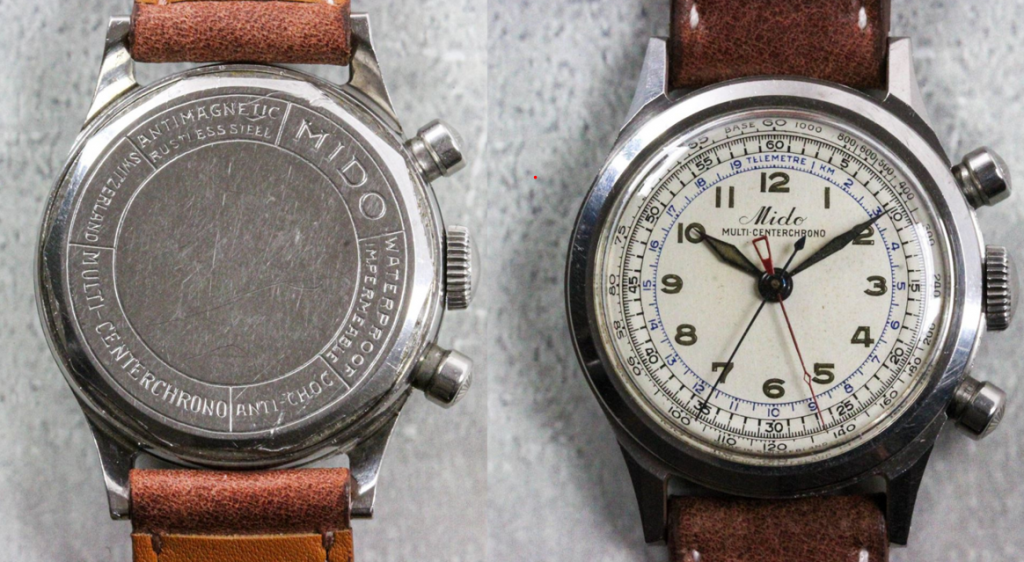
Artisanship + innovation
Hindsight may be 20/20 but from the perspective of the time (“most people still had keep-fit hand-crankers” [source]) one may wonder how Mido, then known for artisanal workmanship, were able to introduce so many new technological advances.
Their approach to innovation was not unlike Edison’s invention of the lightbulb. Edison had a deep understanding of the component parts available at hand, foresaw how they could work together, and therefore understood the building blocks of the lightbulb. If one understood that a filament would glow when electrified, that placing the filament inside an inert gas like nitrogen would increase the time it would glow before burning out, and that one could enclose those within a glass bulb – they would have invented the electric lightbulb.
Mido’s path was similar in that it both discovered and brought together emerging technologies where the whole was greater than the sum of the parts. As was shown in the Multifort.
“The extraordinary thing about the Mido Multifort is not that a single firm could manufacture such a “complete” technically advanced and durable wristwatch within a few years – indeed the fact is that Mido did not make this celebrated timepiece itself – but that Mido perspicaciously and cleverly put together no less than three, and then four, new horological and technical advances in watchmaking, invented and manufactured by other companies, and incorporate them into a single model.” [source]
Along with past technical advances, a rich and storied history unfolds.
The founder of the iconic Bugatti, Ettore Bugatti, owned a Mido. Italian born French automobile designer and manufacturer, he had an eye for design. Recently his watch auctioned off in 2021 for $350,000 USD or “no less than 300,000 Swiss francs.” [source]
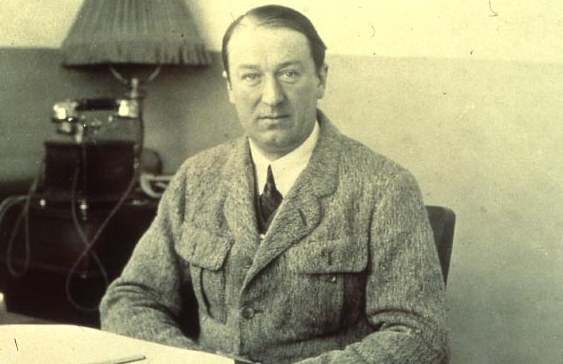
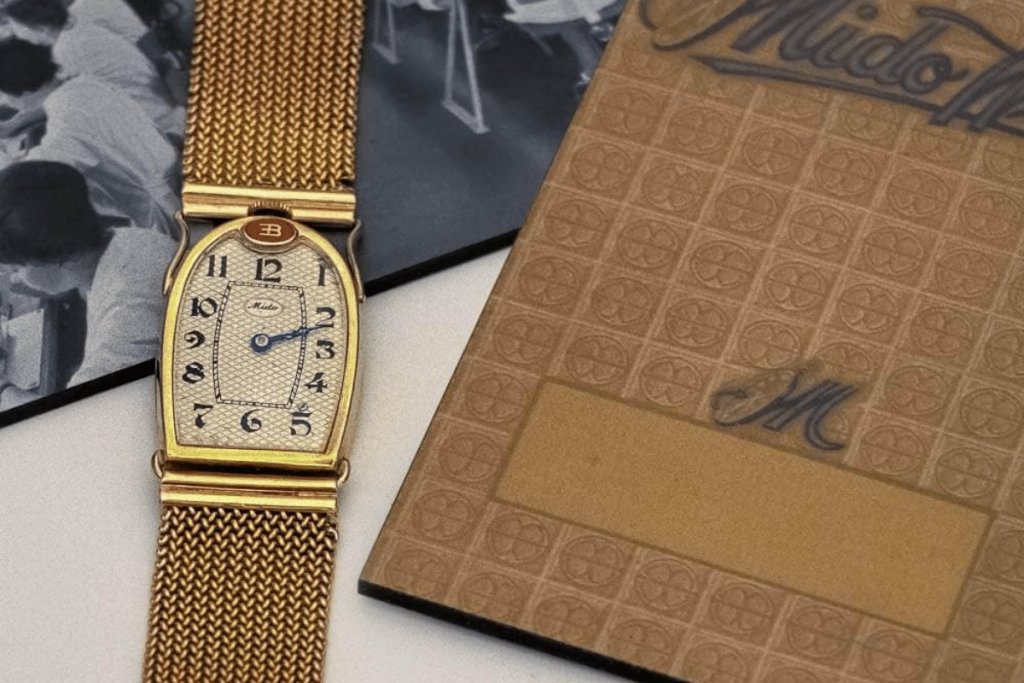
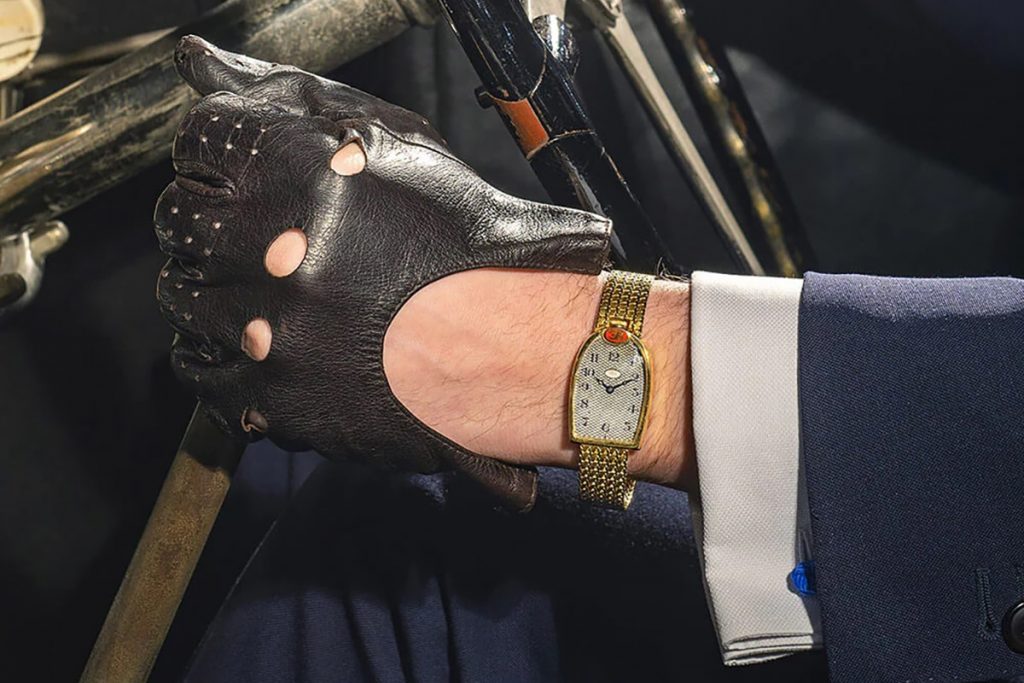
By the 1930s Mido founder Schaeren was determined to make beautiful watches that could also endure the “rigours of daily use.” [source] Current Mido CEO, Franz Linder, shared in an interview that in 1934, “It was all about being innovative. There was an emphasis upon not only quality, but also robustness and timeless design.” [source]
By the in 1960s their presence stretched from Brazil to Antarctica. In 1959 they were even sponsoring Miss Brazil [source].
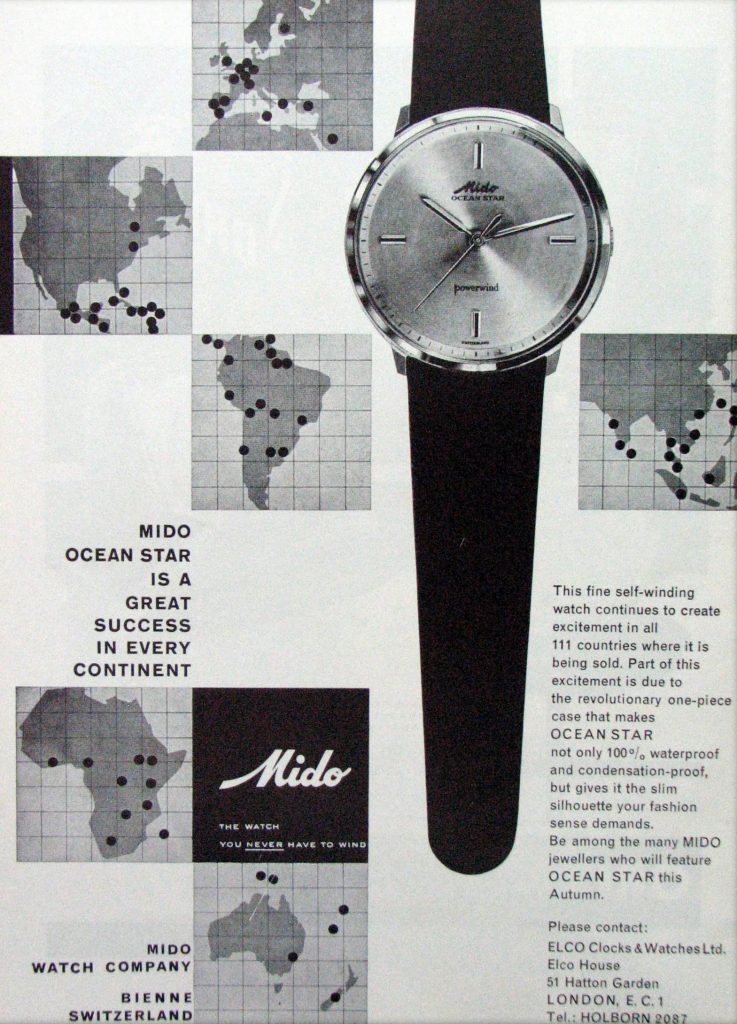
The Mido Ocean Star was selected as the official watch in an “Antarctic expedition led by Warwick Deacock and sponsored by Edmund Hillary,” in 1965 [source]. They would require a reliable, durable and waterproof piece that could endure the hardships of the wet and cold journey. “By 1964 [Antartica] had been the object of a number of expeditions, but none reaching the summit of its 9000-foot volcanic peak ‘Big Ben’. In that year Warwick Deacock resolved to rectify this omission, and assembled a party of nine with impressive credentials embracing mountaineering, exploration, science and medicine, plus his own organization and leadership skills as a former Major in the British Army.” [source] Eventually summiting the mountain and returning to tell the tale.
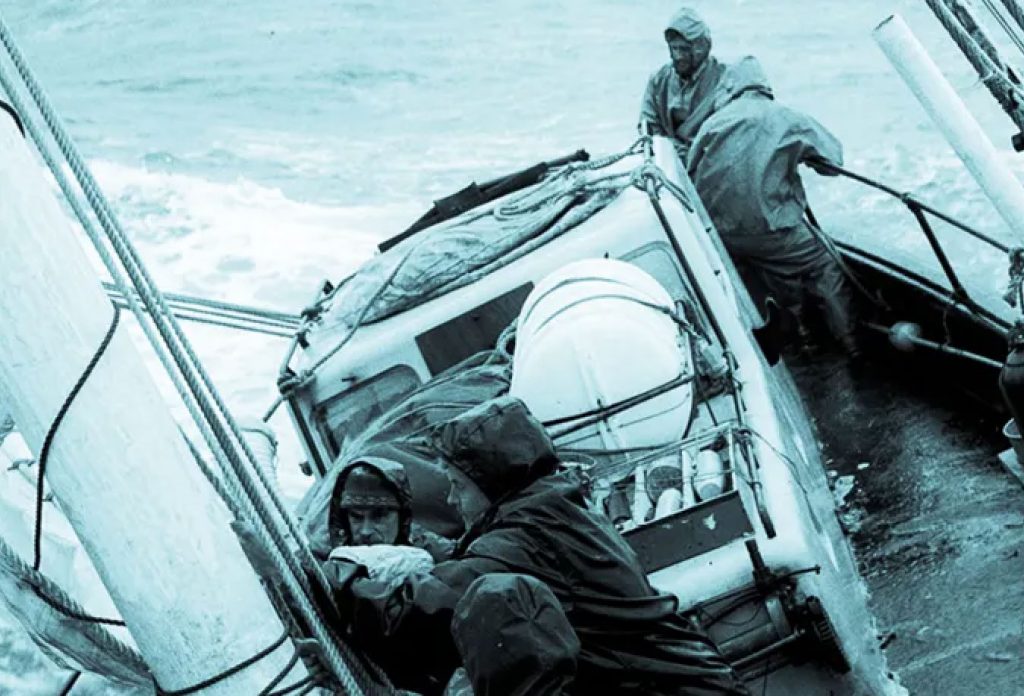
Establishing a reputation for waterproofness and quality.
A notable fact of vintage Mido watches is that many have withstood the test of time. While researching this article I came across the watches as being known for their waterproof qualities. “In not too distant history Mido were known as being the best manufacturer of waterproof watches.” [source] And I came upon anecdotal remarks by watch-repairers that when opened, Mido movements and dials are generally less corroded or pitted than expected for their age. Made even more astonishing given the fact a large number of vintage Mido’s were purchased for use in tropical climates.
The reason for this was because of the combination of the innovative cork sealing advancement (1930) that prevented water from entering the case through the crown stem and the absence of the case back introduced in 1959. “In fact the watch was so waterproof you could pull the crown out while underwater.” [source]
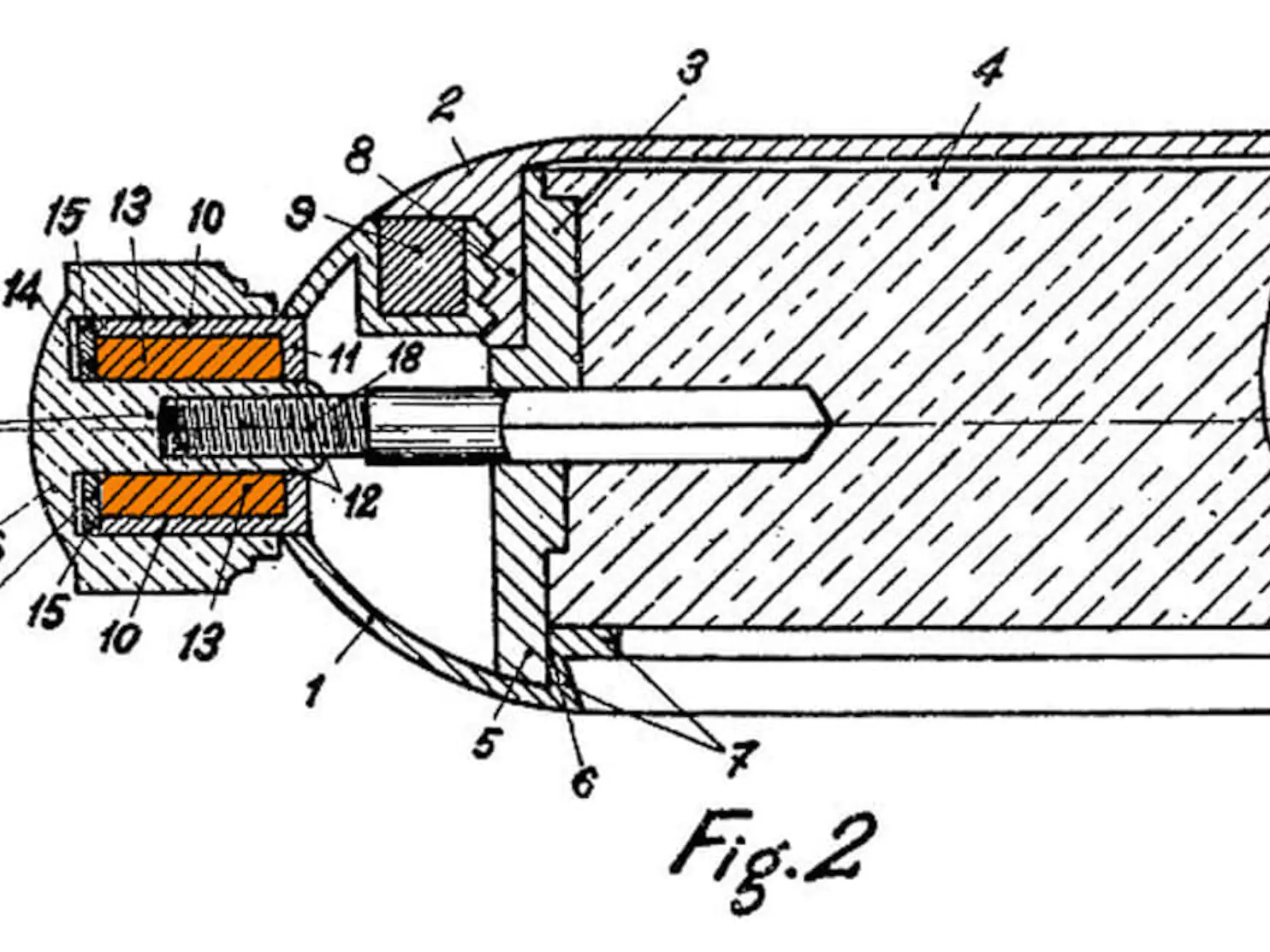
With the aquadura system, “If you pull out the crown you still had 50 meters of water resistance.” [source]
Mido watches were resilient to not only submersion but humidity. The combination of aesthetic and durability gained Mido a strong reputation for quality and prestige. Mido “now had a firm footing in the market – still with a reputation for stylish watches but now also catering for a growing market for reliable, functional and durable wristwatches.” [source]
Mido and service personnel
In his memoire Friends and Exiles, Des Alwi Abubakar, Indonesian Diplomat, and son of Vice President of Indonesia recalled being gifted, “a Swiss-made, ‘Mido’ brand watch, which was the most expensive and most-wanted watch by Japanese military and civilian personnel. It fetched a price of three hundred to five hundred rupiah, on which one could live for 6 months.”
The Mido Multifort was apparently issued to pilots of the Royal Canadian Air Force during World War II.
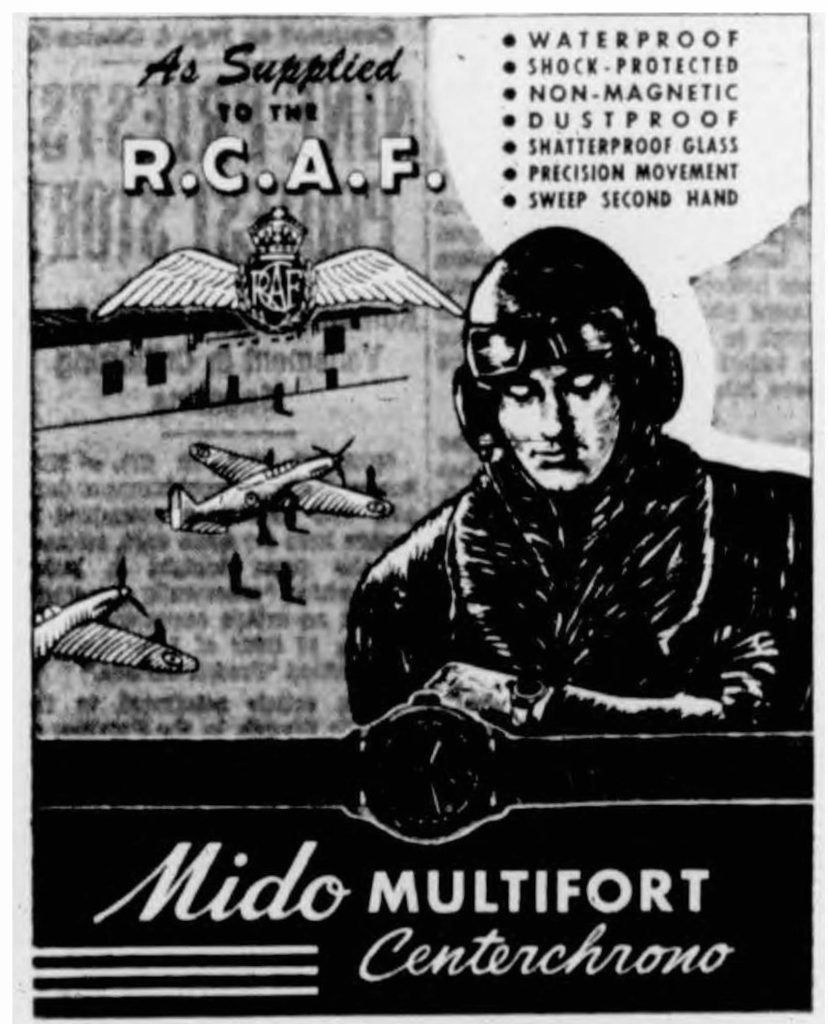
In a humorous 1947 account of a United States Navy Procurement Hearing, the businessmen given the right to provide the Navy with watches, were upset that Navy personnel were buying Mido watches and that the Navy Procurement office had “tried to procure these watches without our benefit.”
When asked the names of the watches they replied.
“These particular watches in question were the Mido watch – which is an automatic service-type watch – Empire, Hallmark, and Roma. They are all Swiss watches, imported, and they found particularly good favour among the personnel.”
[See the Subcommittee Hearings on Army and Navy Systems of Procurement for Post Exchanges and Ship’s Service Stores]
Mido watches were therefore prized and used by US Navy service personnel during World War Two. However, blocked by private business interests from being officially procured by the US Navy.
It is also noteworthy that Mido was, “Praised by pilots that used the Multifort during the Second World War.” [source] And that Walter Schaeren, son of the Mido founder and later to be company president, was in the Swiss air force in this period. As a result Mido also made pilot watches when Schaeren was president.
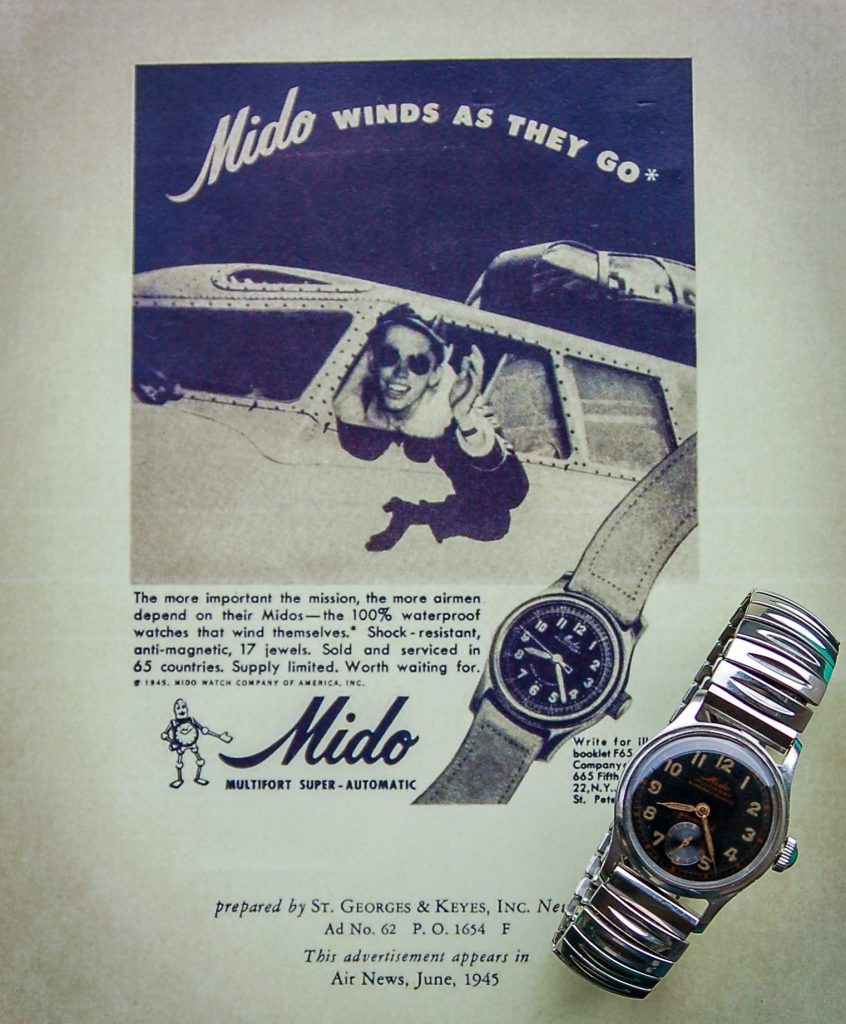
A “Be Bold” marketing campaign.
Mido was convinced of the quality of their watches and marketed them with confidence in the 50s and 60s. Boldly recommending their customers take their watches wherever they choose to go. “Be Bold!” was a phrase they used often. Or, “Expect to see a Mido where you wouldn’t expect to see a watch!” Even stating, “Mido is guaranteed 100% waterproof at depths down to 1000 feet. It’s self-winding, shock-resistant, and has unbreakable mainspring.” And reassuring, “They all have one thing in common: they’re rugged. Don’t worry about accidental knocks and bumps. Don’t worry about getting it wet (you can actually swim or go skin diving with a Mido because it’s fully waterproof.”
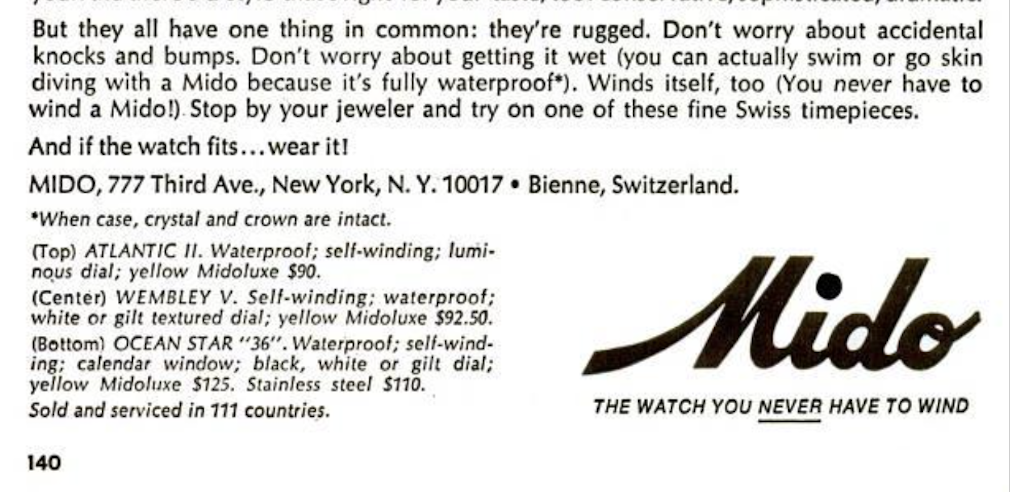
The Swiss watch manufacturer Mido had the watch undergo the official test of the United States Government in the early 1930s. [source][source] You read that correctly.
“To prove that the MULTIFORT functioned under extreme conditions, Mido had it tested by the New York Electrical Testing Laboratories Inc. Tests were conducted in freshwater and saltwater for over a thousand hours. The watches were then subjected to ten cycles of 15 minutes at 50°C followed by 15 minutes at -40°C. The winding crown was subjected to a test representing 34 years of use. Simulated tests of immersion to 13atm (120 m) and ascending to altitudes of 6,600, 13,300 and 16,600 metres were performed. One of the 6 watches tested ceased operating at 13,300 metres, but apart from that the watches seem to have passed the tests with flying colours.” [source][source]
Arguably the greatest test of durability comes from real-world use.
Mido seemed to understand this and shared letters they had received from happy customers who had used it for expeditions to Alaska, military service in tropical heat and heavy snows, and everyday use by professionals.
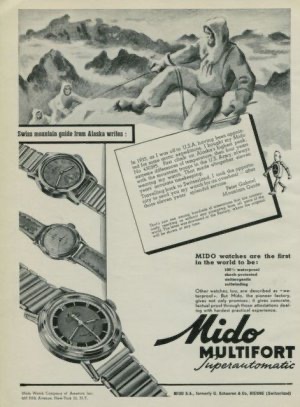
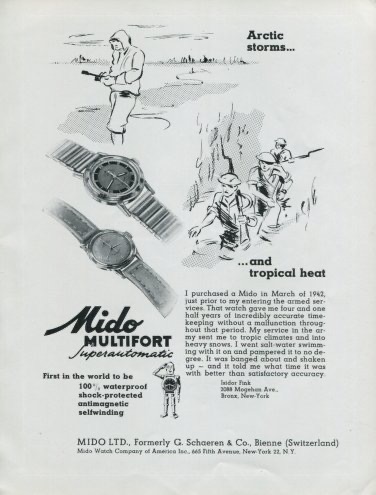
A Houston, Texas, man writes about his Mido Superautomatic watch: “I lost my Mido in the dirty salt water of a ship’s channel. Two years later while walking along the beach I found my Mito watch half-buried in the muddy bank, still running in perfect condition. The tidal action kept the watch wound.”
Needless to say Mido was confident in the quality of their timepieces.
In 1944 Mido trademarked the Ocean Star name.
“Its roots are traced back to 1942 when the brand marked its famous starfish trademark at its crest as a symbol of its advances in waterproof technology. Two years later, he registered another trademark, the name OCEANSTAR, and thus officially started the foundations for one of Mido’s most iconic collections.” [source]
Then with the ground-breaking front-loading case they incorporated in 1957 it wasn’t long before the Ocean Star became the “star” of their line. The solid case back further added to the water resistant quality of their watches. The Ocean Star line moved Mido towards an elegant and water-friendly lifestyle. Surf, sail, dive, and boating – all were encouraged with the Ocean Star. Even being used in the Antarctic expedition.

For such a stylish piece, the Ocean Star also embodied a playful side.
“Don’t worry about getting it wet you can actually swim or go skin diving with a Mido because it’s fully waterproof.”
“Diner clothes or diving gear… it makes no difference to Mido “Ocean Star.” It takes to water like a marlin, adds its own note of elegance to the most elegant surroundings.”
It was the golden age of water sports and exploration. And Mido were inviting you to participate in style.
In the 2000’s Mido released a series of aesthetically attractive watches inspired by the enduring quality of timeless architecture. First the All-Dial collection inspired by the Colosseum of Rome in 2002. The Belluna collection which draws on the geometric shapes of Art Deco architecture. And then the Great Wall collection inspired by, of course, the Great Wall of China.
Mido continues to carry on their tradition of playful and beautifully crafted watches in their Ocean Star series – while paying honour to their history of elegance – and making it look easy.





Today their watches surpass expectation.
The quality, history and legacy is beyond what one hopes. Perhaps being founded on armistice foreshadowed the brand, as no word better conjures up the feeling one gets from holding a Mido watch as well-preserved hope. What I love about Mido is that they have their own brand identity that can be seen in the their Multifort, Commander, and Ocean Star collections – and have stayed true to it.
Mido’s history is rich, interesting and surprising. While the research for this article revealed a deep and long relationship with horology, The brand is appreciated by their enthusiasts for their understatedness and settled confidence. Franz Linder, CEO since the early 2000’s, has lead Mido well and helped continue it as a self-assured brand with a storied past and a positive future.

